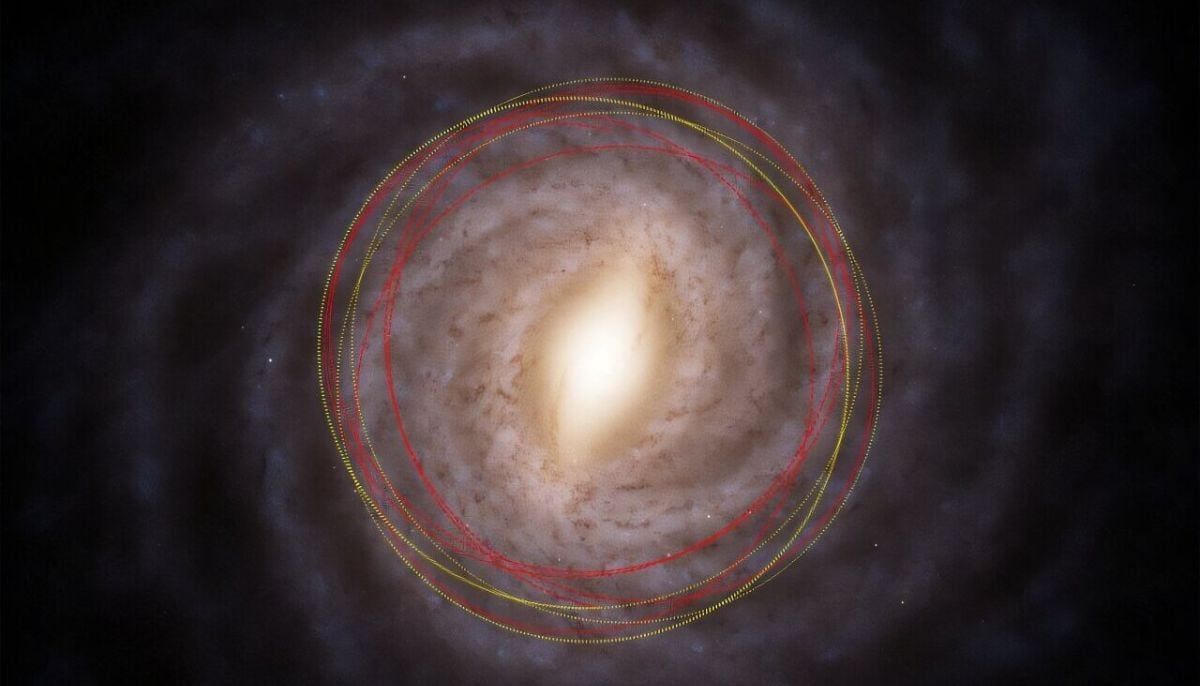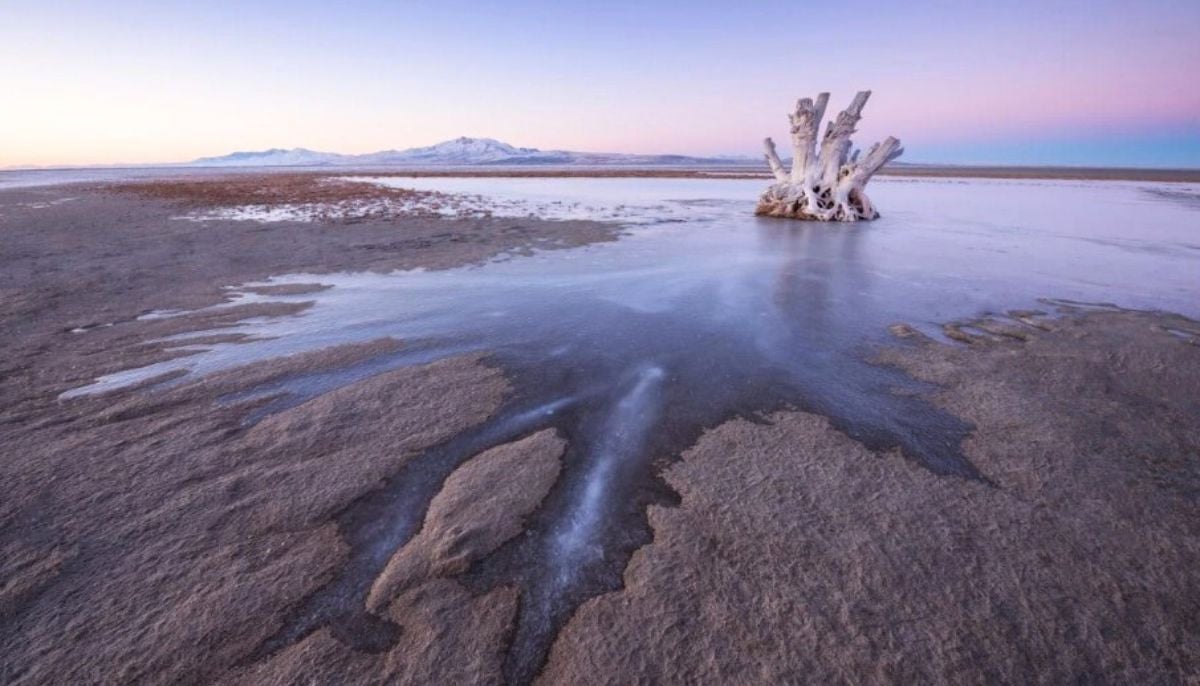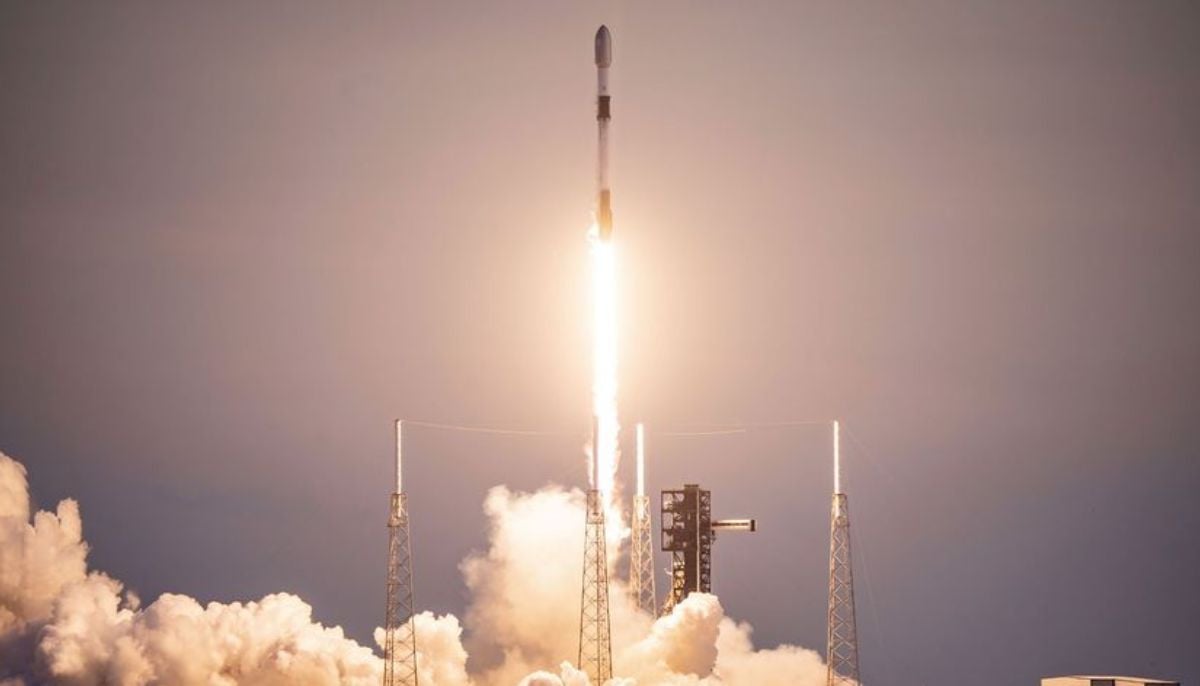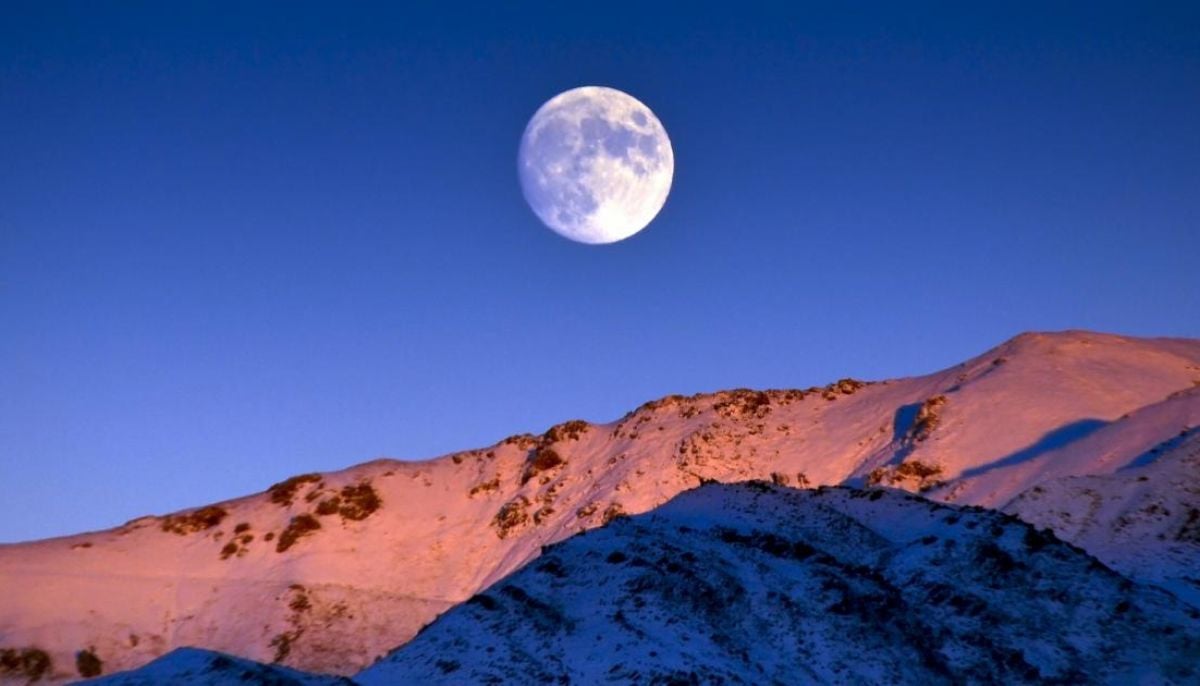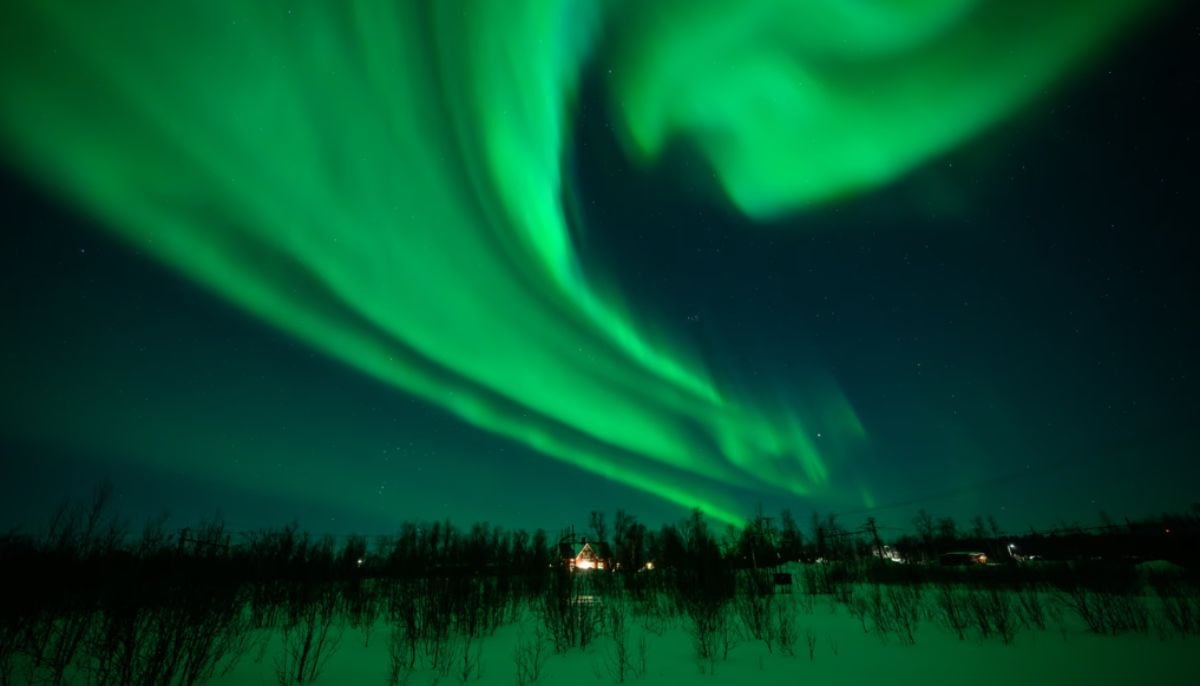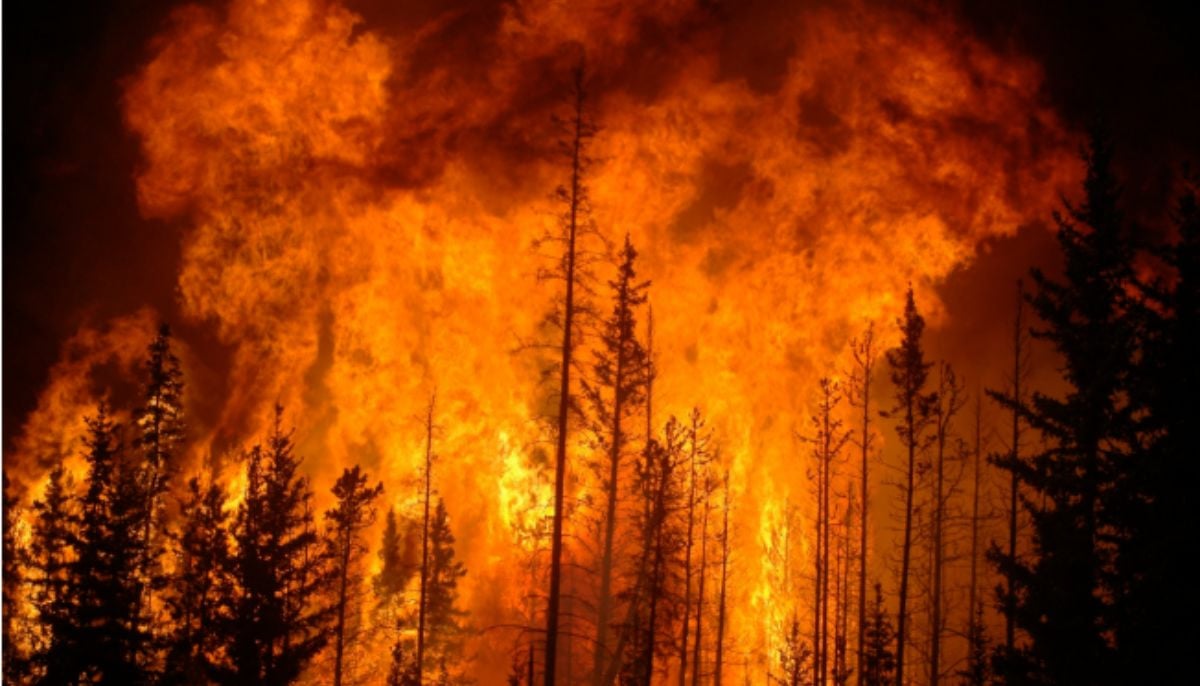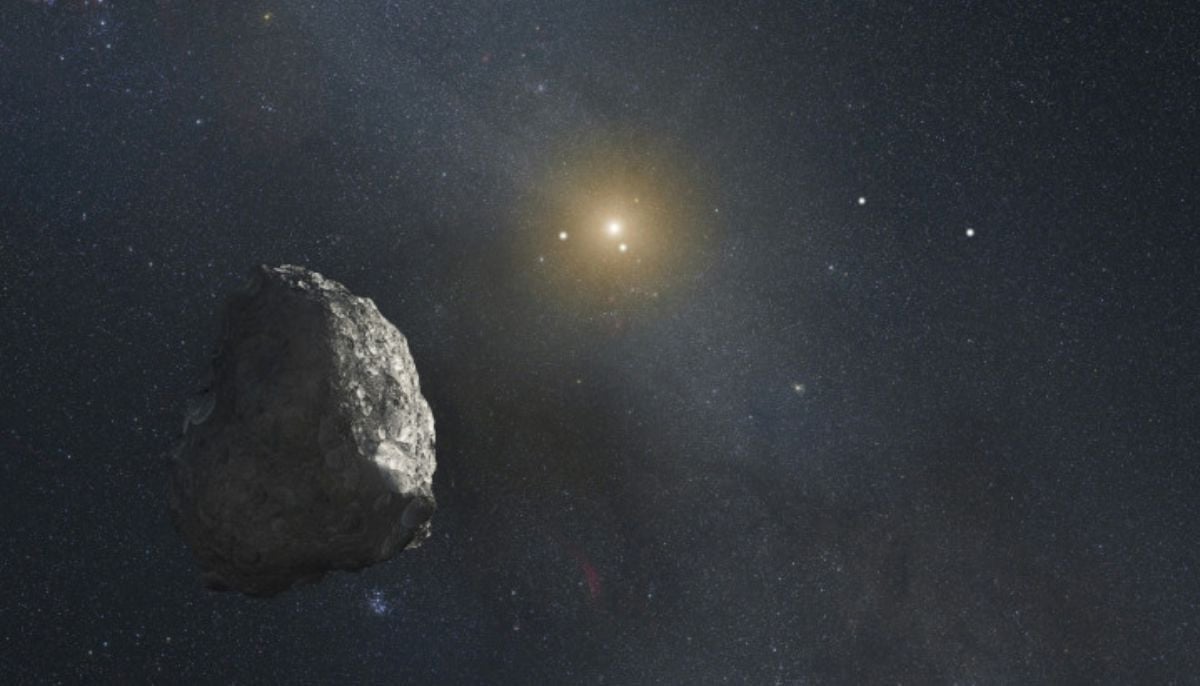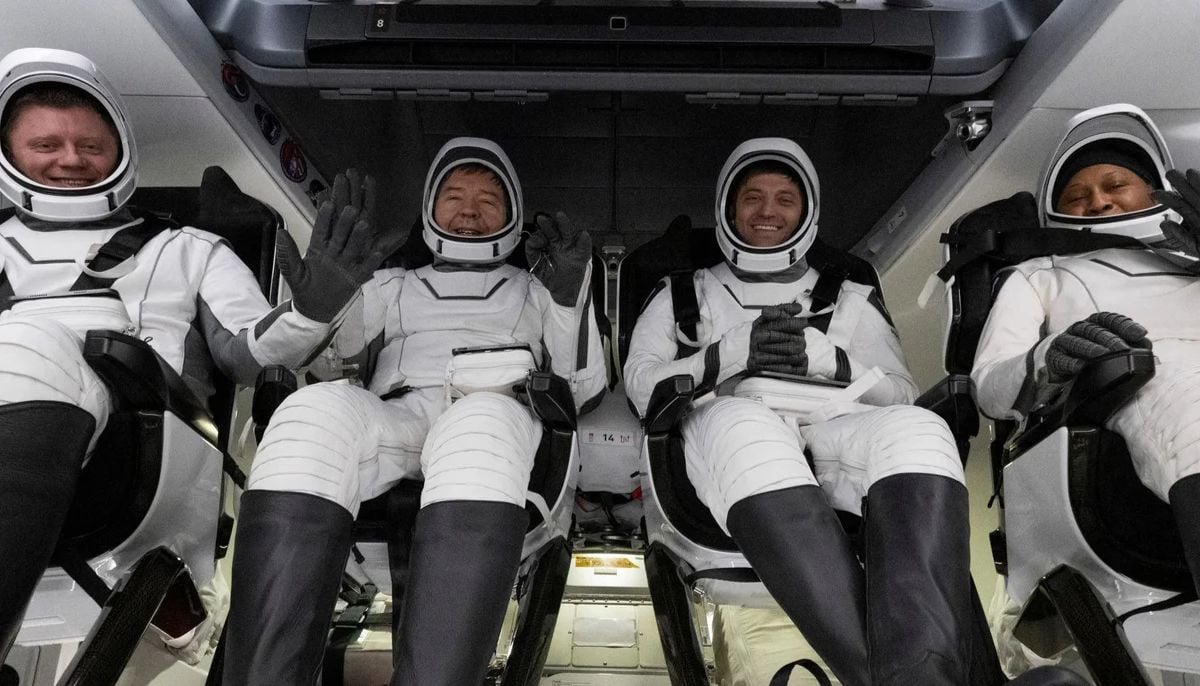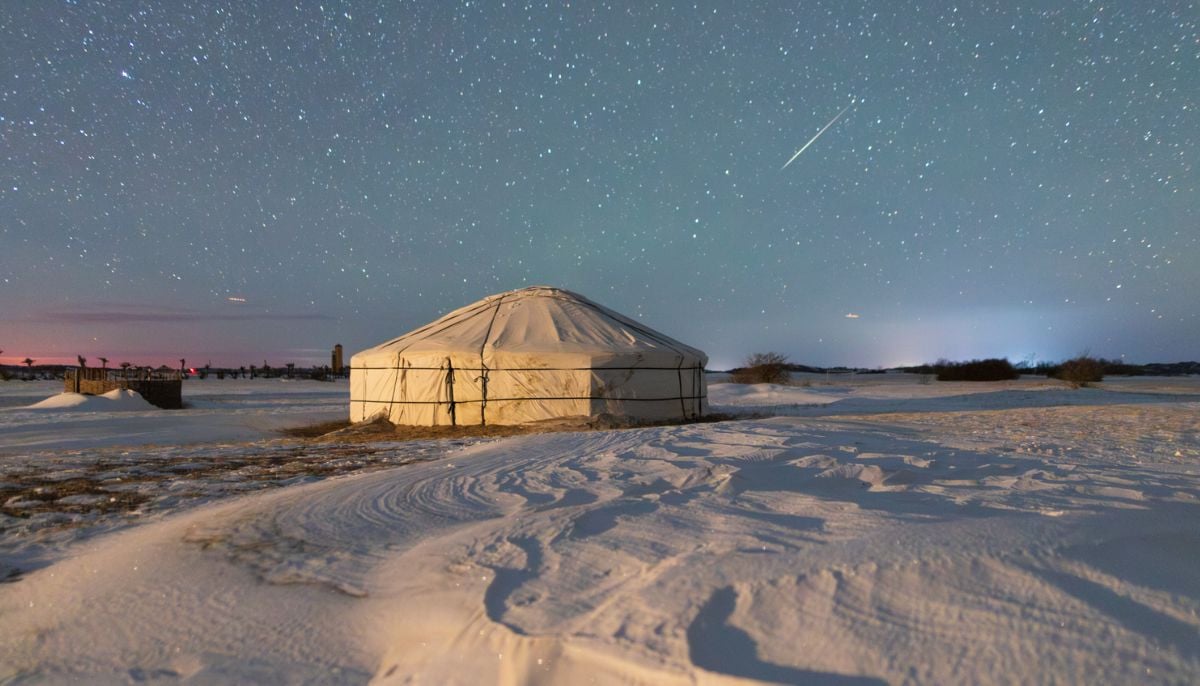World's largest ground space station, which is 50 soccer fields size, opens in China
China's ground space station is largest space-environment simulator in world
A ground space station, commonly referred to as the largest space environment simulator in the world, has finished testing and commenced operations in China.
The South China Morning Post (SCMP) stated that the facility, known as Space Environment Simulation and Research Infrastructure (SESRI), is situated in northeastern China's Harbin City, according to Interesting Engineering.
China's expanding space aspirations go beyond just space stations and launch vehicles. By the end of this decade, the nation hopes to become one of the major aerospace powers in the world, and by 2045, it hopes to become a powerful force in space.
To achieve this, China has been initiating large-scale space-related projects, such as establishing a lunar base station.
China requires a deeper grasp of the challenging and complicated conditions in which its spacecraft will operate if it is to guarantee the safety of its crew.
Rather than sending experimental spacecraft into orbit to collect this vital data, China constructed an affordable ground-based station that accurately mimics the environment.
The China Aerospace Science and Technology Corporation and the Harbin Institute of Technology were responsible for the building of the facility, which received first approval in 2015.
It includes four main laboratories and is housed in the Science and Technology Innovation Park in Harbin. Fifty soccer fields' worth of area are covered by the infrastructure overall.
These labs are specifically created to investigate space environment, plasma science, magnetic environments, and animal breeding, among other aspects of space technology.
The labs are equipped with simulators that imitate a variety of space conditions, including solar radiation, microgravity, very low temperatures, and space dust.
-
World oceans absorbed record heat in 2025, may trigger intense climate crises, says report
-
February full moon 2026: Snow Moon date, time and visibility
-
Watch: Beautiful northern lights dazzling over Greenland's skies
-
Wildfires are polluting our environment more than we thought: Find out how
-
3I/ATLAS flyby: Why is Jupiter’s 96th Moon drawing intense scientific interest?
-
NASA spacewalk 2026: Medical issue prompts rare talk of early ISS crew return
-
Comet 3I/ATLAS: Scientists examining images they cannot easily explain
-
Wolf Moon 2026: Will the full moon outshine the Quadrantid meteor shower?
